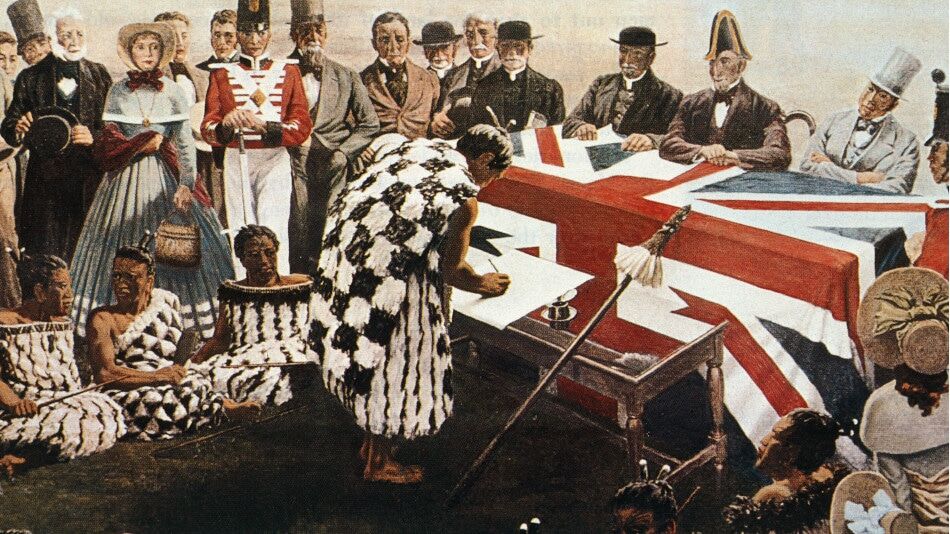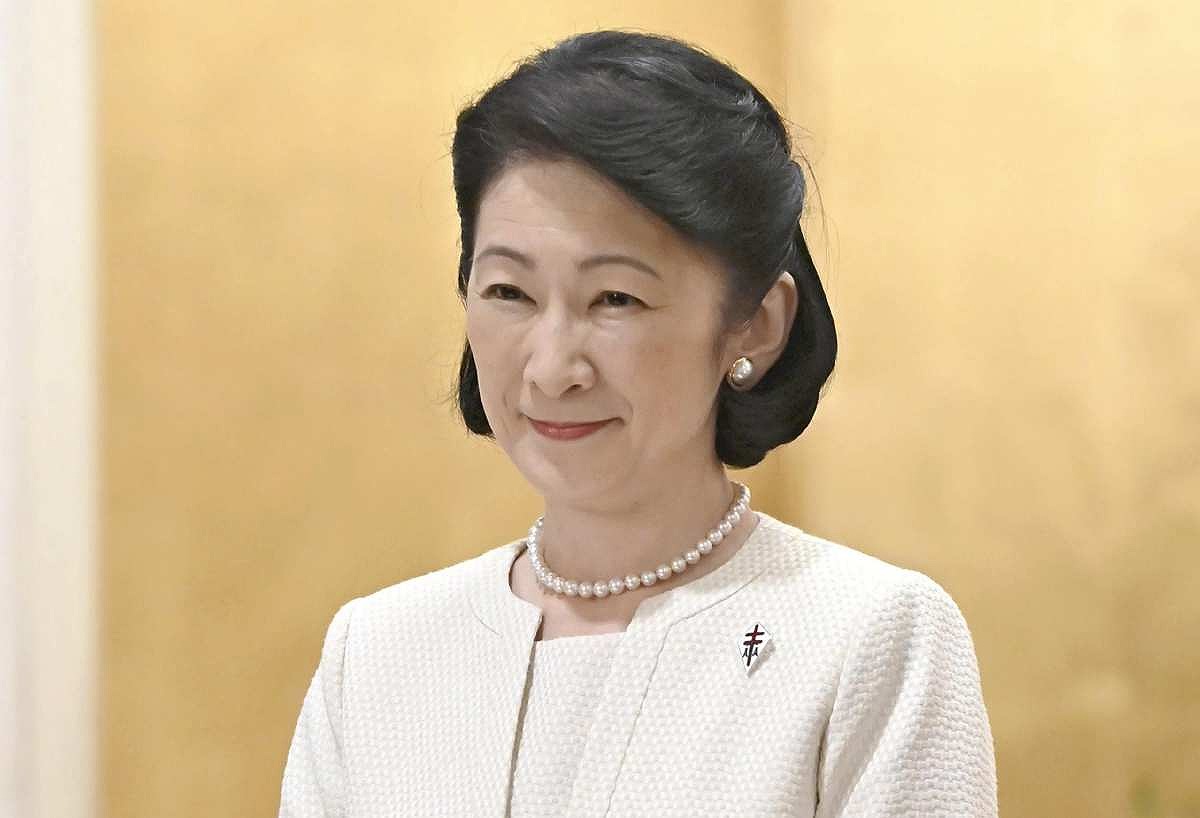
The Treaty of Waitangi: A Turning Point in New Zealand’s History
mikephilipsforcongress.com – The Treaty of Waitangi, signed on February 6, 1840, is one of the most significant documents in New Zealand’s history. It marked the beginning of a formal relationship between the British Crown and the Māori people, establishing a foundation for governance in New Zealand and shaping the nation’s political and cultural landscape. The treaty, however, has been a source of contention, debate, and conflict over the years due to differences in interpretation and the subsequent treatment of Māori rights and land. This article explores the history, key provisions, controversies, and lasting impact of the Treaty of Waitangi on New Zealand society.
The Background: Māori and British Interests in New Zealand
In the early 19th century, New Zealand was inhabited by the Māori people, who had settled the islands over 1,000 years earlier. By the 1830s, New Zealand was becoming increasingly attractive to European settlers and traders, particularly the British, due to its natural resources and strategic location in the Pacific. The growing presence of Europeans, combined with escalating conflict among Māori tribes (iwi) and concerns over lawlessness, created a desire for formal governance and protection for both Māori and settlers.
In 1831, the Māori chiefs appealed to the British government for assistance in maintaining order and safeguarding their interests. In response, Captain William Hobson was dispatched by the British Crown to New Zealand to establish a treaty that would formalize the relationship between the Crown and the Māori people.
The Drafting of the Treaty
The Treaty of Waitangi was primarily drafted by British representatives in English, but Māori chiefs were involved in its creation and negotiation. Captain Hobson, who was appointed as the British consul, met with Māori leaders to secure their consent to British sovereignty over New Zealand while offering Māori protection and rights to their lands.
The treaty was composed of three main articles:
- Article One (Sovereignty): This article granted the British Crown sovereignty over New Zealand, allowing it to establish governance and law. However, the Māori version of the treaty used the word kawanatanga (governance), which has led to differing interpretations about the extent of British control.
- Article Two (Protection of Māori Rights): This article guaranteed the Māori people protection of their lands, villages, and taonga (treasures or possessions). It promised that Māori would retain ownership of their lands unless they chose to sell, and that they would be safeguarded by the Crown.
- Article Three (Rights of Māori as British Subjects): This article extended to the Māori people the same rights as British citizens, ensuring they would be treated with fairness and justice under the law.
While the treaty was presented to Māori chiefs for signing, it was not translated in a way that captured the full meaning of the English version. The Māori translation of the treaty used terms that were not easily understood or had different connotations, leading to confusion and differing expectations.
The Signing of the Treaty
On February 6, 1840, the first signing of the Treaty of Waitangi took place at the Bay of Islands in Northland. Over the next several months, more than 500 Māori chiefs from various iwi signed the treaty, although many others chose not to. The ceremony was not uniform across all regions, and it was common for Māori to sign individual copies of the treaty in their own regions.
The treaty was signed at a time when there was a considerable degree of Māori autonomy, and the chiefs who signed it did so with the expectation that their lands, culture, and rights would be respected. Many Māori believed that they were entering into an agreement that would allow them to retain authority over their land and culture, while benefiting from British protection and trade.
However, the differing interpretations of the treaty would later become a source of conflict, as the English and Māori versions did not align perfectly, and many Māori chiefs who signed the treaty had different expectations about the power dynamics it established.
The Impact of the Treaty on Māori and Settlers
In the years following the signing of the Treaty of Waitangi, the relationship between Māori and the British Crown began to deteriorate. Many Māori began to feel that the promises of the treaty were not being honored. In particular, the acquisition of Māori land by the Crown and European settlers became a major point of contention.
While the treaty promised protection of Māori land rights, large amounts of land were acquired through questionable means, including dubious purchases and government policies that undermined Māori ownership. The rise of settler colonialism and the establishment of British legal and political systems marginalized Māori authority and culture, leading to significant loss of land, resources, and sovereignty.
In the late 19th century, the New Zealand Wars (1845–1872) broke out between Māori tribes and the British military, primarily over the loss of land and the erosion of Māori autonomy. These conflicts were fueled by the perceived breach of the Treaty of Waitangi and the exploitation of Māori resources by settlers.
The Treaty and Its Legal Status
For many years, the Treaty of Waitangi was not regarded as a legally binding document in New Zealand. It was largely viewed as a political agreement, and its terms were frequently ignored in favor of settler interests. As a result, Māori grievances regarding land loss, cultural suppression, and breaches of the treaty went largely unaddressed by the government.
It was not until the mid-20th century that the treaty began to regain prominence in New Zealand’s political and legal discourse. The establishment of the Waitangi Tribunal in 1975 marked a turning point in the recognition of Māori rights and the Treaty of Waitangi’s legal status. The tribunal was set up to investigate claims by Māori people that the treaty had been breached and to recommend remedies for the injustices that had occurred.
Since then, the Treaty of Waitangi has played an increasingly important role in New Zealand’s legal and political landscape. In 1987, the New Zealand Court of Appeal ruled that the Treaty of Waitangi must be considered in the interpretation of laws, and in 1990, the government formally recognized the treaty as a foundational document in New Zealand’s constitution.
Treaty Settlements and the Ongoing Struggle for Māori Rights
In recent decades, the New Zealand government has undertaken a process of treaty settlements with Māori iwi to address historical grievances and compensate for land losses. These settlements involve financial compensation, the return of land, and formal apologies from the Crown. While these settlements have been significant, they have not fully resolved the tensions surrounding the Treaty of Waitangi, and many Māori continue to seek further recognition of their rights and culture.
The Treaty of Waitangi remains a symbol of Māori resistance and a rallying point for Māori activism, especially in areas related to land, language, and sovereignty. Māori activists have pushed for greater autonomy and for the Crown to honor the treaty’s promises fully, advocating for policies that respect the principles of partnership, protection, and participation outlined in the treaty.
Conclusion
The Treaty of Waitangi is a cornerstone of New Zealand’s history, representing both a promise and a point of contention. Signed over 180 years ago, the treaty laid the foundation for the relationship between Māori and the British Crown, but it has also been the source of ongoing debate, conflict, and reconciliation. While much progress has been made in addressing Māori grievances and honoring the treaty’s principles, the journey toward a fully just and equitable partnership continues. The Treaty of Waitangi remains a powerful symbol of New Zealand’s commitment to recognizing the rights of its Indigenous people and fostering a more inclusive and fair society.


